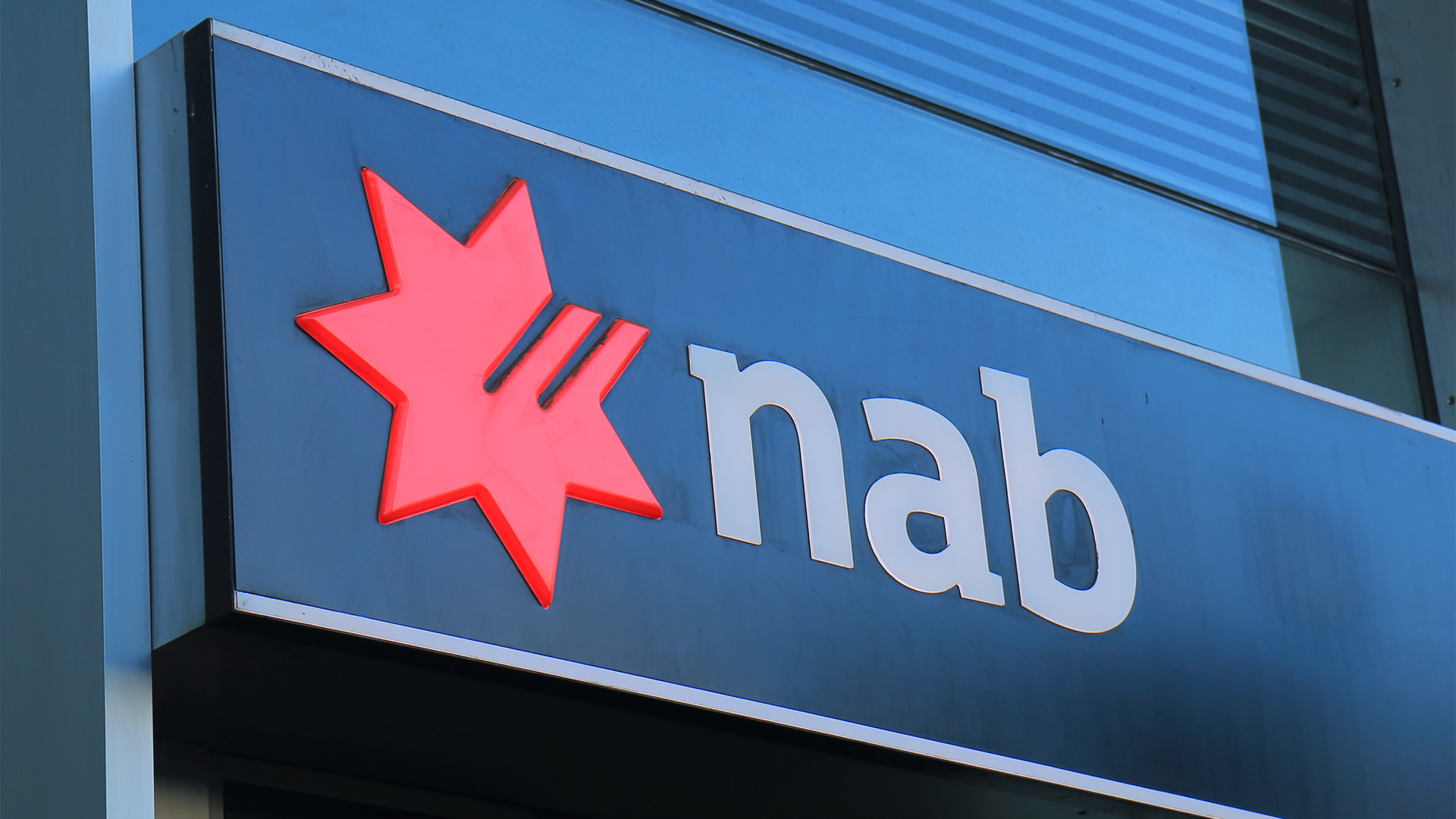More pressure this week on investors worried about the heath of the Chinese economy and the strength of likely demand for commodities over the rest of 2016.
Inflation at a six year low will raise more concerns about the level of demand in the economy, and whether deflation is starting to reappear outside the producer sector where it has had a tight grip now for close to four years.
China’s preliminary December quarter and full year economic data releases started at the weekend with a release showing that inflation remains weak, especially at the producer level.
On Wednesday we get the latest trade figures.
Then there’s the usual production, investment and retail sales figures, plus bank loans early next week, to be topped off by the December quarter and 2015 GDP figures. The main releases are out on January 19 (a week tomorrow).
Media reports made it clear at the weekend that GDP grew 6.9% last year, 10 days or more before the figures are released by the government.
It’s as though the government is trying hard to convince itself, and outsiders that the economy is not in trouble. After last week’s market weakness and near rout, that’s not surprising.
But many investors are sceptical and will remain so after the latest data drop (perhaps not so questioning of the inflation and some of the trade data), but certainly the GDP figures.
Figures out on the weekend showed that China’s consumer inflation again slowed in 2015 from 2014, but producer prices went deeper into deflation territory.
The consumer price index (CPI), rose 1.4% over 2014, down from 2% in 2014 and 2.6% in 2013. Inflation was 1.6% in the month of December, up from 1.5% in November and 1.3% in October. Inflation rose 0.5% from November to December as food prices kicked higher.
The 2015 result was a six-year low for the CPI and was far below the government’s 3% target set for the year. In 2015, food prices, accounting for one-third of the CPI calculation, rose 2.3% and non-food prices edged up 1%, according to China’s National Statistics Bureau.
But producer prices remain suck in deep deflation. In December the index fell 5.9% for yet another month in what was the 46th consecutive month of price deflation at this level.
For the year producer prices fell 5.2%, more than double the fall of 1.9% for 2014. HSBC economist Qu Hongbin said CPI and PPI growth was much lower than previous levels, showing rising deflation pressure caused by sluggish demand will pose a major risk in 2016.
“The weaknesses in both domestic investment and external demand have exacerbated the deflationary pressures in the economy. All measures of prices now underscore the rising deflationary risks,” he wrote at the weekend
That wobbly confidence among investors will be test again this week by the release of China’s preliminary trade report for December and 2015 out on Wednesday.
A weak report, especially for the key imports of commodities like iron ore, oil and copper, could see renewed selling of the Aussie currency.













